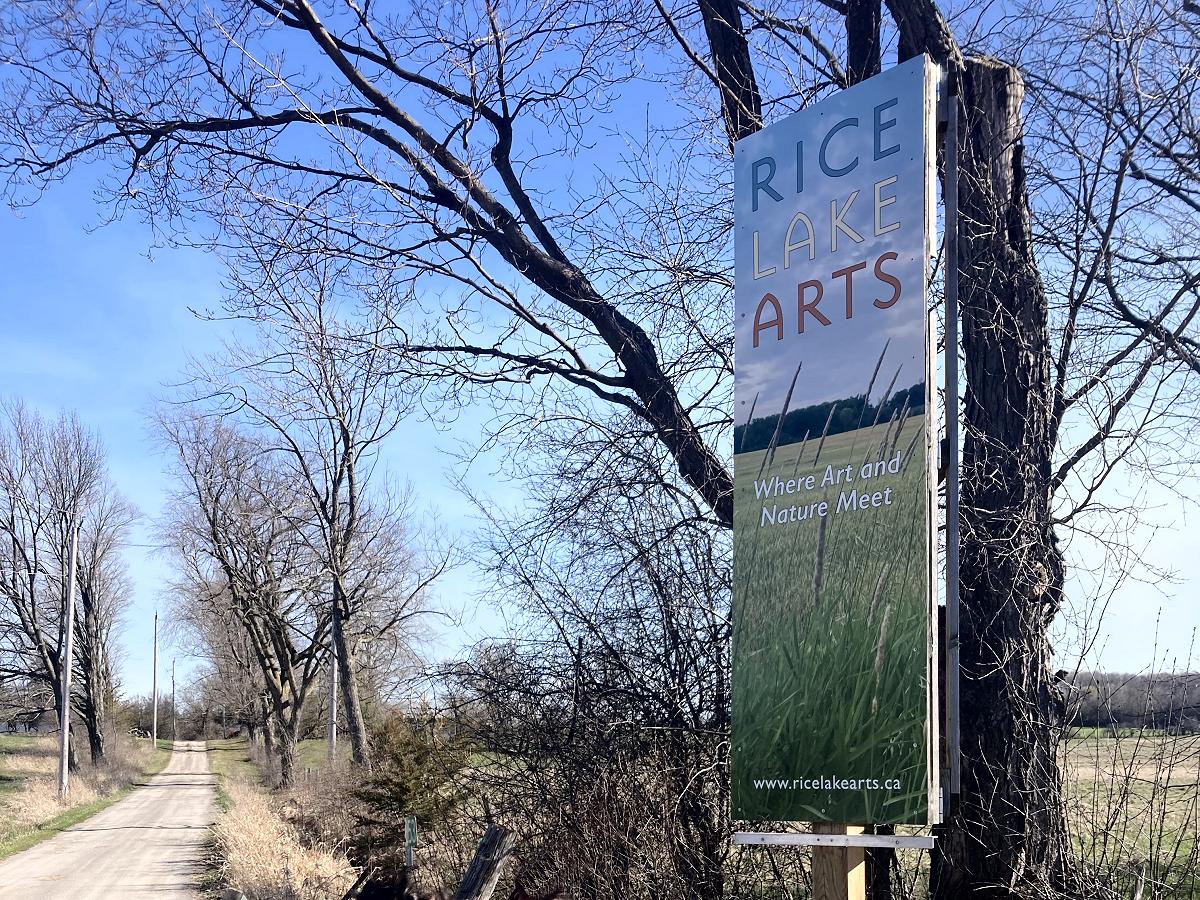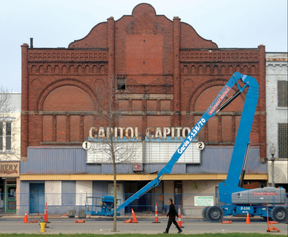Visible Arts Assessment: “Matisse: The Pink Studio” – A Lesson in Objects

By Melissa Rodman
Generating the viewer draw visible connections amid Matisse’s parts in the title portray is at the main of MoMA’s The Crimson Studio.
Matisse: The Purple Studio. On perspective at the Museum of Modern day Artwork (MoMA) in New York Metropolis by means of September 10, 2022. Arranged by Ann Temkin, The Marie-Josée and Henry Kravis Main Curator of Painting and Sculpture, MoMA, and Dorthe Aagesen, Chief Curator and Senior Researcher, SMK, The Nationwide Gallery of Denmark in Copenhagen, with Madeleine Haddon, Curatorial Assistant, and Charlotte Barat, former Curatorial Assistant, MoMA.

Four quotations printed on the Museum of Modern Art (MoMA)’s white corridor walls, leading to the major gallery, herald what is to appear: (1) “The full is Venetian pink.” (2) “This crimson, which is a minimal hotter than pink ocher, is a exact shade of the palette.” (3) “The portray is shocking at to start with sight. It is obviously new.” (4) “Have I instructed you that it represents my studio?” These punchy, propulsive snippets are from a letter that artist Henri Matisse wrote to his patron Sergei Ivanovich Shchukin in 1912, hoping to land the sale of “The Pink Studio” (oil on canvas, 1911).
This placing painting, which Shchukin declined to buy, anchors a new MoMA exhibition also termed The Crimson Studio. Two attractive rooms notify the painting’s story — the very first assembles the artworks depicted in the picture, which have not been observed collectively in far more than a century the 2nd gathers blueprints, letters, pictures, and newspaper clippings that illustrate the painting’s winding route from Matisse’s studio in Issy-les-Moulineaux, on the outskirts of Paris, to various swanky London venues and New York’s famed 1913 Armory Display to a midtown Manhattan gallery and ultimately to MoMA’s assortment in 1949.
“The Pink Studio” catches your eye. Its deep brick red does not pervade the image airplane so a lot as this coloration makes, inhabits, is the place. Inside of this studio-represented-on-canvas, pale, multicolored, pretty much ghostly outlines situate the artist’s household furniture (two tables, a chair, some stools, a dresser, and a grandfather clock). Inside of the photograph, bright paintings populate the walls and rest on the ground, giving the compressed place a subtle illusion of three-dimensionality. The eye back links a few smaller sculptures — two sinuous bodies 1 bust, which, if you stare at it long ample, commences to resemble a torso — to the other figures showcased in the paintings-inside of-the-portray. A royal blue silhouette of a fetal determine on a dish in the foreground echoes, and harmonizes with, these omnipresent human sorts.

Creating the viewer attract visual connections between Matisse’s pieces is at the main of The Crimson Studio. With gentle-handed, unobtrusive curatorial touches, the initial area encourages the viewer to wander all around the performs of artwork, seemingly plucked from Matisse’s canvas and dropped into the current: the terra cotta sculpture, the bronzes, even the dish — all exhibited on generously spaced pedestals to empower 360-degree views — as properly as the handful of paintings-in-the-painting mounted on MoMA’s walls. Alongside one another these functions obtain a specified depth, vivified since of their proximity to the titular painting. Also, the portray comes alive in the presence of the standalone pieces it depicts.
Think about the dish (“Female Nude,” tin-glazed earthenware, 1907). In “The Red Studio” portray, the plate is a flat, whitish disc with the speedily-brushed, sketchy fetal form at its center, surrounded by small yellow-and-blue blooms. Up near, nevertheless, the original earthenware piece sports activities hairline cracks the flower layout curves as the plate’s area curves and the principal determine sharpens, attaining fingers, toes, and a deal with.
With a workable selection of objects to regard, the viewer receives to know them effectively. The central placement of “The Pink Studio” portray facilitates a neat route: look at fifty percent of the space — landing at its midpoint to linger in front of “The Red Studio,” to detect the initially group of is effective you just have witnessed in the spherical — before continuing toward the remainder of the pieces. A substantial painting in the latter team, “Le Luxe (II)” (distemper on canvas, 1907-08), stands out. It is yet another research of bodies, a few nude women shaped with grey outlines. The hilly landscape behind them divides into thick bands, shade-blocked in mauve, burnt sienna, and teal. Despite the fact that the contents (hills, sky, bodies) are cordoned off and flattened, the slender, curvilinear outlining someway counters the two-dimensionality.
In “The Purple Studio” portray, Matisse changed the warm beige skin tone of the “Le Luxe (II)” ladies with the ubiquitous Venetian crimson. A gallery label notes that “Le Luxe (II)” belongs to the “centuries-long custom in European portray of depicting groups of figures soothing in a all-natural setting” (a curatorial nod that created my mind bounce to Édouard Manet’s “Le Déjeuner sur l’herbe,” 1863) and then provides, “During the early twentieth century, numerous avant-garde artists portrayed racial big difference in a purposeful problem to European beliefs of splendor.”
The exhibition’s second home picks up this avant-garde storyline. Relocating from tight Parisian quarters, adopted by a stint at two convents, Matisse envisioned a room of his possess absent from Paris, an reasonably priced, utilitarian, light-stuffed area exactly where he could embark on new operate. Employing the agency Compagnie des Constructions Démontables et Hygiéniques, he co-built his 10-by-10-meter (33-by-33-foot) studio, whose meticulous blueprints are provided in the exhibition’s assemblage.

In Oct 1912, “The Pink Studio” to start with moved from Matisse’s studio to the Grafton Galleries in London, as section of the “Second Publish-Impressionist Exhibition,” structured by Roger Fry, a member of the Bloomsbury literati. There — and at the February 1913 Armory Demonstrate in New York, which later on traveled to Chicago and Boston — critics and the standard public disdained Matisse’s function. “Matisse is dancing a wild tango on some unusual barbarous shore,” critic Harriet Monroe, reporting from New York, opined in the Chicago Daily Tribune. “Matisse, in his ‘Panneau Rouge’ [‘Red Panel,’ i.e., what we now call ‘The Red Studio’] and one or two other images, throws figures and furnishings on his canvas with exactly the prodigal impartiality and the reckless drawing of a boy or girl.” Pointless to say, no one particular at the Armory Clearly show ordered the portray.
But all was not missing. In 1927, “The Red Studio” courted a purchaser, David Tennant, and identified a home for a small extra than a ten years, hanging in the mirror-mosaic ballroom of Tennant’s London nightclub, the Gargoyle. Tennant finally consigned the portray to the Redfern Gallery, also in London, spurring a domino effect from Redfern to New York’s Bignou Gallery to MoMA.
It was — and is — at this previous institution exactly where “The Purple Studio” been given its due. “Every time I glance at it, I get such sheer satisfaction out of it that any other reaction comes as an afterthought,” MoMA trustee James Thrall Soby wrote in a December 1948 letter to the Committee on Museum Collections (a letter that, of system, is bundled in The Red Studio exhibition). “Let’s for heaven’s sake buy it.”
Melissa Rodman is a author whose get the job done also has appeared in Public Books, Bookforum, and The Harvard Crimson, among the many others.








